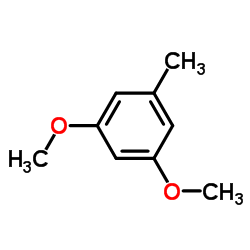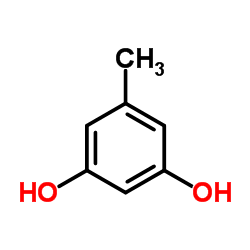| 结构式 | 名称/CAS号 | 全部文献 |
|---|---|---|
 |
3,5-二甲氧基甲苯
CAS:4179-19-5 |
|
 |
3,5-二羟基甲苯
CAS:504-15-4 |
| 结构式 | 名称/CAS号 | 全部文献 |
|---|---|---|
 |
3,5-二甲氧基甲苯
CAS:4179-19-5 |
|
 |
3,5-二羟基甲苯
CAS:504-15-4 |